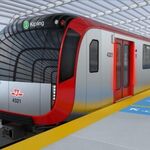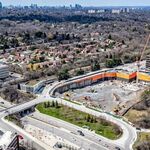Midtown Urbanist
Superstar
Just as a FYI, we have a new thread called "Transit Ridership Statistics & Tracking" for following along exciting ridership information like what Metrolinx recently released.
Just in case people want to continue discussing it after this thread inevitably enters another multi-page discussion cycle about reintroducing that morning Brampton train on the Kitchener line.
Just in case people want to continue discussing it after this thread inevitably enters another multi-page discussion cycle about reintroducing that morning Brampton train on the Kitchener line.




